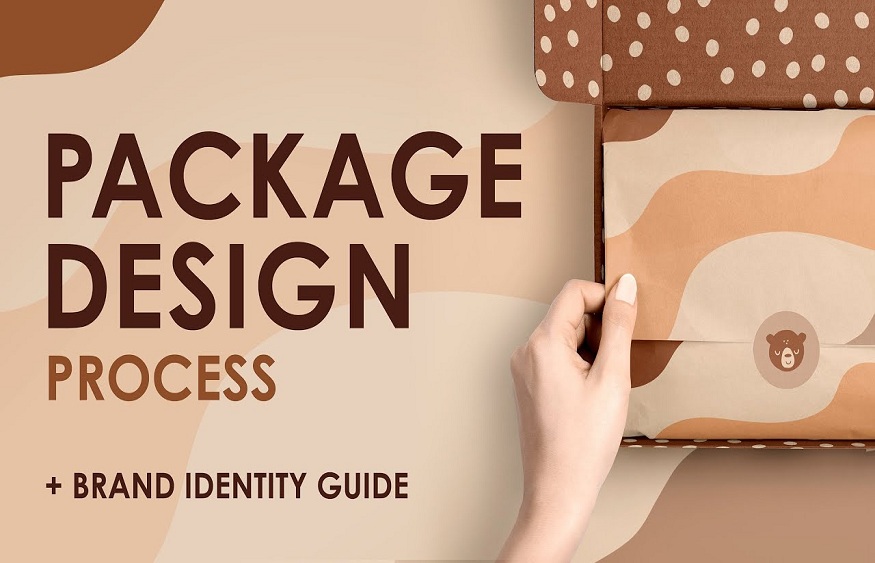Structural packaging design is a crucial aspect of product development that goes beyond the aesthetics of a package. It involves creating innovative and functional solutions that protect, preserve, and promote products, ensuring they reach consumers intact and leave a lasting impression. From cardboard boxes and bottles to complex, multi-layered packages, structural packaging design plays a pivotal role in enhancing brand identity, improving user experience, and achieving sustainability goals.
Let us take a look at how structural packaging design can help your business in Sydney by combining creativity and functionality for effective product presentation.
But first let us understand the purpose of structural packaging design.
Structural packaging design aims to fulfill several essential functions that go beyond simply holding the product. It must ensure product protection during storage, transportation, and retail display. The package should also communicate the brand’s identity, connect emotionally with consumers, and motivate purchase decisions. Moreover, in today’s environmentally conscious world, sustainability is a key consideration, making the use of eco-friendly materials and designs crucial.
What are the key elements of structural packaging design?
Form and Shape: The shape of a package influences not only its visual appeal but also its functionality. Innovative shapes can make products stand out on shelves, attracting consumers’ attention. Unique forms may improve usability, making it easier for customers to handle and access the product.
Materials: Selecting the right materials is essential for both product safety and environmental impact. Considering the product’s characteristics and choosing materials that provide adequate protection while minimising waste and ecological footprint is top priority.
Structural Integrity: Packages must be designed to withstand the rigors of transportation and handling. Structural integrity ensures that the product reaches the consumer in pristine condition, reducing the risk of damage and returns.
User Experience: Packaging should be user-friendly, with easy opening mechanisms and clear instructions. A positive user experience creates a sense of satisfaction and loyalty towards the brand.
Branding and Graphics: Packaging is a powerful branding tool, and structural design must align with the brand’s identity and overall marketing strategy. The incorporation of logos, colours, and graphics establishes recognition and reinforces the brand message.
So how do you create an effective structural packaging design for your brand?
The process involves a well-defined process that integrates creativity, research, and engineering. You would need to follow a few key steps to get there.
Research and Analysis: Designers conduct market research to understand consumer preferences, competitive products, and industry trends. They also consider the physical characteristics of the product and the supply chain requirements.
Ideation and Conceptualisation: Creative brainstorming sessions generate various design concepts. The concepts are evaluated based on their alignment with the product’s objectives and brand identity.
Prototyping: Once a promising design concept is selected, designers create physical prototypes to test its functionality, usability, and aesthetic appeal. Prototyping helps identify potential issues and allows for iterative improvements.
Engineering and Production: After finalising the design, engineers work on technical specifications and optimise the package for mass production. Manufacturers produce the packaging, ensuring consistency and quality.
Structural packaging design is an art that marries creativity with functionality to create visually appealing, practical, and sustainable packaging solutions. Beyond protecting and presenting products, structural packaging design serves as an essential communication tool for brands, fostering emotional connections with consumers. By continuously innovating and considering environmental impact, designers contribute to building a more sustainable and consumer-friendly packaging landscape. As consumer preferences evolve and environmental concerns intensify, the role of structural packaging design will continue to evolve, challenging designers to push the boundaries of creativity while remaining environmentally responsible. To know more about our packaging design in Sydney, click here.

